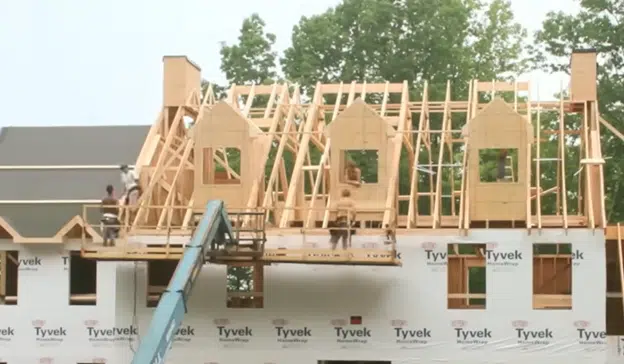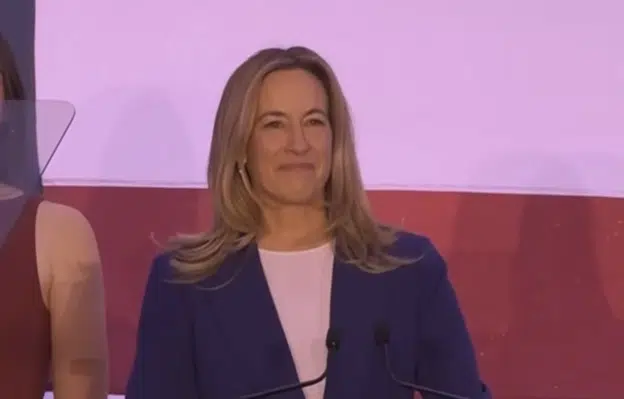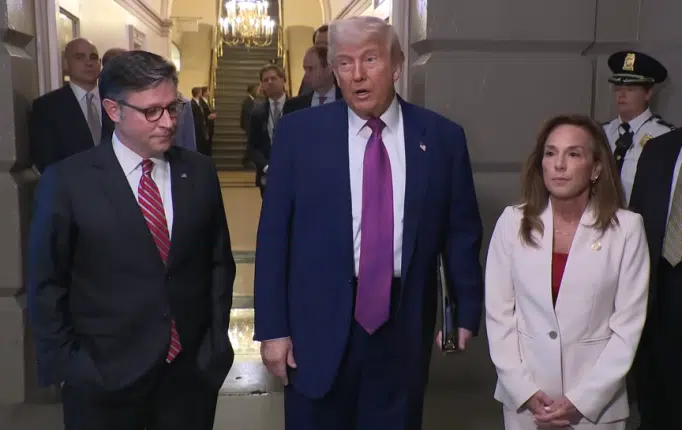By Natalia Castro
Charter schools are transforming American education. For the country’s most at risk students, charter schools are playing a critical role in building educational opportunities for students. As the Department of Education expands charter school use, studies proving their effectiveness have begun pouring into academia, proving that school choice is the best path toward educational advancement.
The biannual National Assessment of Education Progress (NAEP) has released their 2017 National Report Cards assessing achievement across American schools through controlled variables. On a national level, charter schools appear to be even with non-charter schools, but John Valant of the Brookings Institute explains there is a clear reason why. In his March 2016 article, Valant explains charter schools are often clustered in urban areas and use a lottery system to take on a district’s most poor and underserved students. This allows them to show particular growth in America’s most needed areas.
This is further illustrated by the NAEP report, which showed on the district level, charter schools far outperform traditional schools. In America’s most diverse cities, charter schools are leading the way.
In Atlanta, with 19 percent of schools now being charter schools, charter school students produce average math test scores that are 17 points higher than their non-charter school counterparts. Similarly, in Los Angeles, charter school students score on average 28 points higher on math test scores.
In Cleveland, Ohio’s most diverse county, charter school students score on average 18 points higher than their non-charter counterparts on reading exams. In Milwaukee, Wisconsin’s most diverse county, charter school students outperform non-charter school students on reading test scores by 14 points.
The Center for Public Education fact sheet on charter schools attests this is due to diverse teaching staffs that can teach free from excessive state and federal regulations. With the ability to craft entire curriculums around student success, charter schools are able to experiment different methods of success.
Education Secretary Betsy DeVos has seen these positive impacts first hand in her home state of Michigan.
Findings from a new study by researchers at the University of Michigan compared students who received admittance into a charter school system through a lottery with those who also applied for the lottery but got denied in order to measure school success. While transitioning students showed the smallest progress, by the time charter school students graduated they displayed higher scores in both math and reading.
But this was by far the greatest impact.
In these Michigan charter schools, teachers are 47 percent more likely to be viewed as mentors than administrators. Principles observe teaching roughly 9 hours per day versus roughly 2 hours in traditional schools, due to administrative tasks. While teachers are paid less in charter schools, they are 20 percent more likely to receive performance bonuses.
Charter schools encourage the entire administrative staff to work for and with students, thus creating a holistically stronger learning environment. Last September, Secretary DeVos decided to allocate significant funds toward charter school development. Across the country, for our most at-risk students, those funds are paying off. But states do not have to wait federal intervention, they are already proving that once broken free from centralized control, particularly in urban areas, charter schools are providing better opportunities for the nation’s most at risk students.
Natalia Castro is a contributing editor at Americans for Limited Government.







